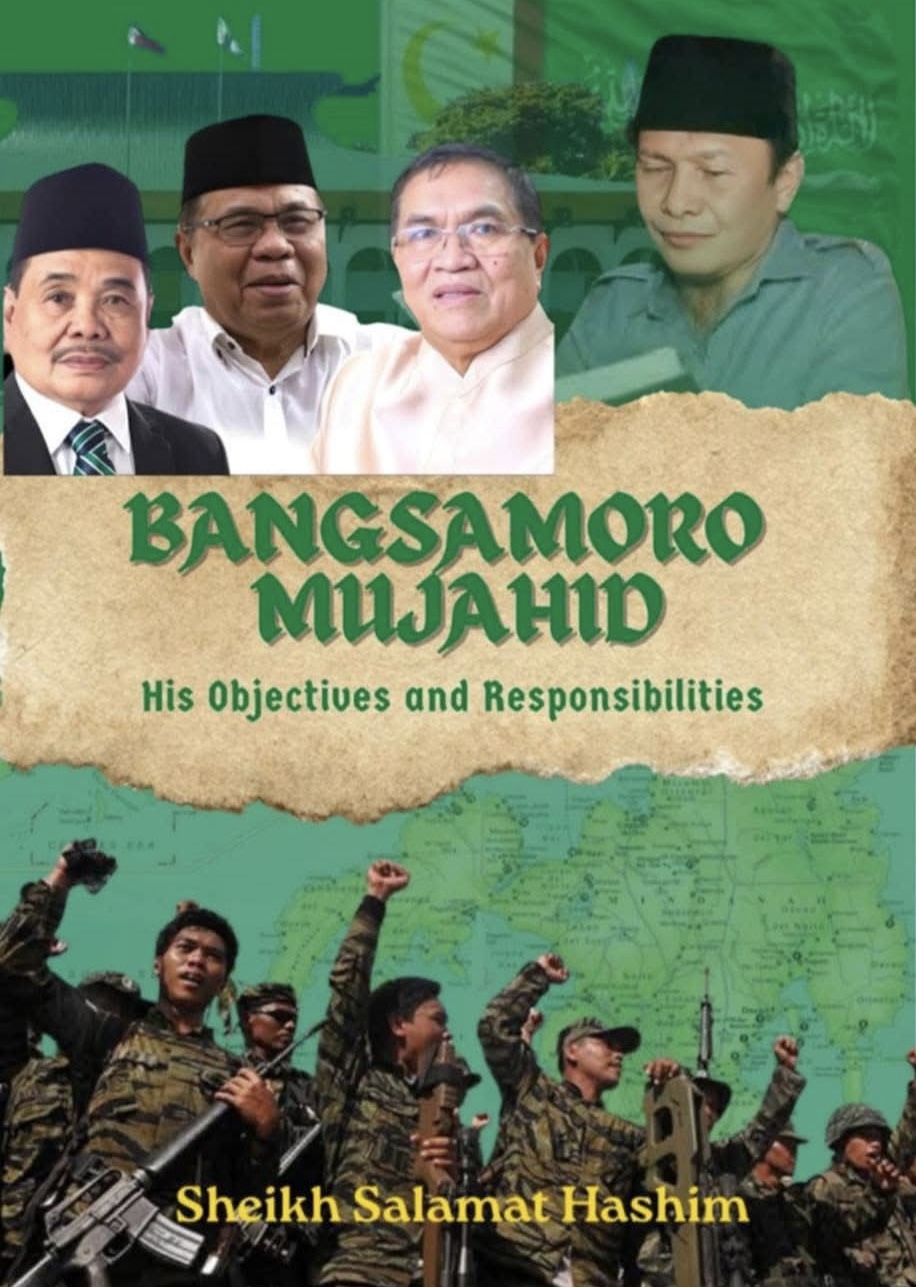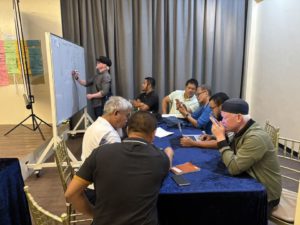
Navigating the Challenges of Divide-and-Rule Tactics: Lessons from the Irish Republican Army for the Moro Islamic Liberation Front. (Divide and Rule Tactics last part of 3 parts)

The history of revolutionary movements worldwide often reveals a common challenge: the threat of internal division exploited by external forces aiming to weaken their unity. The Irish Republican Army (IRA) provides a noteworthy case study on how internal and external factors can be leveraged against a movement through divide-and-rule tactics. Drawing insights from the IRA’s experiences and Dr. Salamat Hashim’s (Allah Yarhamo) reflections in his book , The Bangsamoro Mujahid , this article offers a guide for the Moro Islamic Liberation Front (MILF) to resist such tactics and strengthen its cohesion.
Understanding Divide-and-Rule Tactics
Divide-and-rule is a strategy deployed by powerful external actors or internal factions to fragment a collective movement, thereby diminishing its capacity for unified action. In the context of revolutionary struggles, this often manifests through ethnic, religious, or ideological divisions, coupled with external political and military manipulations.
Lessons from the Irish Republican Army:
Internal Factors Exploited
1. Factionalism and Disunity: The IRA experienced periods of severe internal strife, often rooted in ideological differences, leadership disputes, or divergent strategies. Such factions often pursued conflicting agendas, weakening the movement’s overall strength.
2. Lack of Inclusive Leadership: Exclusionary practices or failure to incorporate diverse community segments fostered mistrust and alienation, which opponents exploited as vulnerabilities.
3. Communication Gaps: As internal factions emerged, miscommunication and suspicions grew, further dividing members and hampering coordinated efforts.
External Factors Manipulated
1. Political Divisions: External actors, including foreign governments and intelligence agencies, sought to exploit existing divisions within the IRA to undermine its legitimacy and operational capacity.
2. Propaganda and Disinformation: Disinformation campaigns aimed to sow discord, question leadership legitimacy, and erode public support.
3. Divide-and-Conquer Operations: Targeted operations aimed to fracture alliances or induce splinter groups that could be compromised or neutralized more easily.
Parallels for the Moro Islamic Liberation Front
The MILF’s pursuit of self-determination and peace faces similar threats. Recognizing the historical and ongoing external and internal factors is crucial in deploying effective resilience strategies, inspired by the IRA’s experiences.
Internal Resilience Strategies
Promote Inclusive Leadership: Dr. Salamat Hashim (Allah Yarhamo), emphasized unity and collective purpose in his book ,The Bangsamoro Mujahid. Building leadership that represents diverse Moro communities fosters loyalty and mitigates internal divisions.
Enhance Internal Communication: Clear channels of communication secure cohesion, reduce misunderstandings, and foster shared identity and goals.
Address Ideological and Cultural Diversity: Acknowledging variations within Moro society prevents factions from gaining footholds.
External Threat Mitigation: Counter Propaganda: The MILF must develop counter-messaging strategies to combat disinformation campaigns aimed at sowing discord.
Diplomatic Engagement: Building alliances and trust with external stakeholders helps isolate destabilizing actors and diminish their influence.
Unity in Purpose: Emphasizing a common goal — Bangsamoro self-determination and peace — will serve as a bulwark against divisive tactics.
Conclusion:
The IRA’s history underscores the importance of internal cohesion and vigilance against external manipulations via divide-and-rule tactics. For the MILF, drawing from these lessons and Dr. Salamat Hashim’s (Allah Yarhamo) vision articulated in his book , can serve as a roadmap to fortify unity, resist internal fragmentation, and maintain resilience against external attempts to divide.
In doing so, the Moro movement can sustain its trajectory toward true self-determination and lasting peace, undeterred by divisive external influences or internal fissures. Strengthening community bonds, embracing diversity, and fostering transparent, inclusive leadership stand at the core of this resilience.
As a reminder to ourselves, a Bangsamoro Mujahid is the one who struggle in the path of Allah “Jihad Fi Sabi’billah”, by enjoining what is good and forbidding what is wrong . The ultimate goal is to make the word of Allah S.W.T. supreme.
May Allah protect us from fitna…Allahumma Ameen! (Note: This article is shared by BMN/BangsamoroToday with the author’s permission, Abdullah P. Salik, Jr.)
